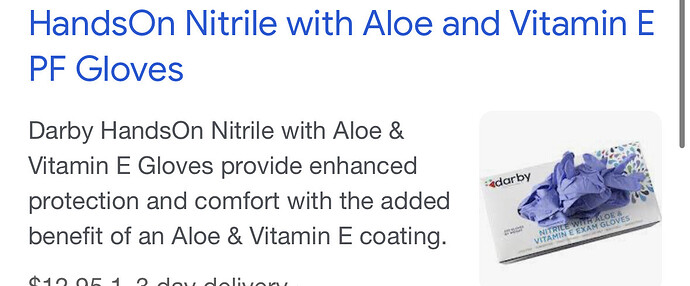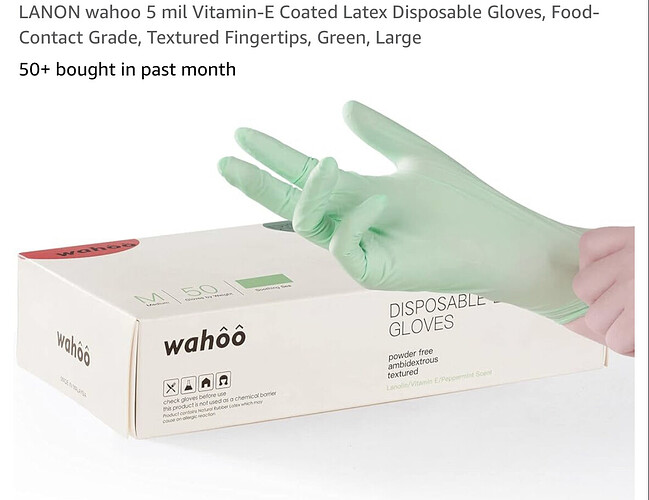negative ghost rider.
no seeds to the best of my knowledge. that is an interesting thought though.
Closest thing I can think of that is actually very common in cannabis extracts is Amyrin Acetate. MW 468 and chemical formula is basically just swapping a carbon and oxygen. C32H52O2 vs C31H52O3. That could be a big or a small difference depending on their testing method though.
Alpha Amyrin Acetate, Beta Amyrin Acetate, and Lupeol Acetate show up after your cannabinoids and long chain alkanes (what we all refer to as “waxes”). Collectively I’ve seen them make up almost a half a percent of a butane extract so they are far from rare, just seldom of interest to anyone other than people like me. There is also a handful of unknowns with unsaturated isoprenoid side chains (resembling that of tocotrienols) that elute right around there that could potentially be misconstrued as tocopheryl acetate. Tough to say much of anything without more info from lab.
The amount of vitamin E acetate in lotions is very low. Would need to be pretty caked up in lotion for this theory to weigh up. What would make much more sense is someone in your facility is wearing nitrile gloves coated with pure vitamin E acetate. It’s pretty common for disposable gloves to have a thin film of aloe, lanolin (oil from sheep wool), and vitamin E (which would realistically be the more chemically stable Vitamin E Acetate). The oil coating makes it so they’re less prone to ripping, easier to take on and off, and don’t dry your skin out as much but could easily lead to residual VEA in your product. I would go through the purchase history for disposable gloves for your facility to try and rule that out while you’re waiting for more info from the testing lab. Realistically this probably happens more than people realize but your lab is the only one reporting such low numbers.
Im pretty sure there’s low levels if vitamin e in cannabis naturally. I found an article on it before.
If you want to cut hash rosin use THCA like normal ppl do.
Yea they definitely do this. And add CDT as well. (Not all co do this, but some do)
It can still be pretty good though, almost undetectable at the right ratios.
But it’s wrong to deceive / trick ppl. It’s best to be honest.
Many tutes out there making money tricking, prostituting themselves for a few bucks. Literally printing lies on packages and lying to ppl.
Ignorant consumer: “the box says live resin, so it’s live resin”…hash rosin etc
Ppl calling and labeling blended D 8, D 11, HHC, HHC-O, HHC-P, THC-O, THC-P, or THC-V
“Live resin” is also bs. They have to deceive ppl, if not they wouldn’t make much money.
*I’m not better than anyone, I know I’m not. Just saying
Does anyone have any more information on this? I know it’s old.
I’m looking for sources of vitamin E acetate (VEA) contamination in a processing lab. It’s a very low level contaminant affecting only some of our products (vapes, infused flower, FECO) but not all (dabs are safe). We are certainly not adding it intentionally.
At first I suspected the plant material. Cannabis can produce tocopherol (vitamin e), but cannot produce vitamin e acetateon its own (needs an acetylating agent). Now I’m looking at other ingredients, materials, and tools that directly contact the material, and my main suspects are gaskets and syringes in injection material.
Has anyone else struggled with this and found a clue?
If you don’t mind me asking, what state are you in? presuming your Show me handle it seems you could be from Missouri in which case I would then ask who you test with?
I am indeed in Missouri and test with a lab in North Kansas City. You probably know them. I’m not ruling out the lab, but the trends I’m seeing in our data lead me to suspect there is a real threat of an internal contaminant.
what levels are you seeing? and what method of extraction is being used when seeing these results? is it all butane extracted then sent down the line?
These are all butane extractions. FECO 2-11ppm, vapes 0.5-2ppm, other dabs are exactly zero. That indicates the problem is something shared between vapes and FECO that isn’t used for dabs.
^ I’d guess it’s in all the material/seeds, are you grinding material? ethanol is polar and butane is non-polar.
Nvm, missed the “all butane” part when I read FECO, I thought you were saying it was only in your ethanol based extracts.
Are you using a cart farmer?
Negative. Vape Jet.
Presumably both your carts and “Feco” are decarbed, while your “dabs” are not?
How are you decarbing?
See Eg:
FECO goes in an oven in a pyrex dish. Distillate (for vapes) goes into a decarb reactor. So while they aren’t exactly a shared step in the process, it’s an interesting idea if the chemistry of decarbing supports VEA leaching or formation.
I recommend evacuating all of your solvent and using ethanol to clean the walls of your solvent tank and recovery vessel at a minimum. waste out all of the solvent you pulled from your machine and fill with fresh butane. if you are able to swap out your molecular sieve beads for brand new, do that as well.
we had seen detectable but passing levels of VEA in crude oil for a while, with numbers jumping up and down. eventually, we saw some very low but detectable levels in cured concentrates. we took each of the steps listed above and immediately returned N/D results for VEA across all SKUs.
still not sure of the source. curious if it was an isolated incident or more of a slow accumulation over time. really just been glaring between the solvent tanks we fill with and the biomass waiting for someone to fess up ![]()
@showmealan have you seen benzene pop up during your time with this lab / solvent supplier?
Awesome info and advice on the solvent management.
I just checked our lab results going back about 18 months and there is no benzene detected anywhere.
I thought that butane to rapid cannabinoic acid precipitation on pour out, and subsequent centrifugation (sauce) and crystalline recovery , separates the terpenes at cool temperatures, purifies the cannabinoic acids to 99+ % , Then decarb the cannabinoic acid, and reintroduce the terpenes in their full glory was the way to go.?
The rosin guys, selectively remove certain terpenes by controlled temp and pressing. They seem to produce some of the finest “vape’ in the world? And even they debate whether to use a “freeze dry step” not unlike that described by the quote above.
The whole story of Vitamin E and Vaping sickness that appeared in 2019 was some part of (“third party”) psyop-cog-dissonance program to cover for early release of Covid in USA. You don’t want to know. So who really cares about low levels of vitamin E? Have you heard of anyone dying of “vape disease” lately?
This is something I long suspected but am hesitant to put on the tin-foil hat. Global Times pushed this theory first.I think this is sort of like aliens… I want it to believe. Unfortunately the dates and magnitudes don’t add up.
EVALI cases started to appear in April, 2019, in Illinois and Wisconsin. Cases appeared nation-wide(not globally) peaking August and September 2019. By Feb 2020, there were effectively no more new cases of EVALI with a total of 2800 hospitalizations and 68 deaths.
COVID was first identified on December 31, 2019. China reported a cluster of cases of pneumonia in people associated with the Huanan Seafood Wholesale Market in Wuhan, Hubei Province. By Jan, 2020, it has spread worldwide with over 1000 deaths by Feb, 2020.
Between Jan 2020 and Feb 2020, Medical researchers around the world became fully aware of COVID and healthcare professionals were actively monitoring for it and starting pandemic protocols- albeit poorly.
Clearly there is some date-overlap. A letter from the NIH covers the differences between conditions: COVID-19 and EVALI: Considerations regarding two concurrent public health crises - PMC
There are similarities to the symptoms reports, such as the analogy of “Ground-Glass lungs.”
https://www.sciencedirect.com/science/article/pii/S2542454821000497
Granted, my source for dates is the CDC… so it may be a large scale cover-up and slight date shift.
Either way, lets not vape Vitamin-E-Acetate.
Edit: Adding(or finding) Vitamin E, Vitamin C, etc. in small amounts do not pose the same threat as Vitamin-E-Acetate. I can’t speak to the safety, or lack thereof of vaping said compounds, but I do know of some people who are adding these vitamins to vapes, along with other weird shit, vaping it themselves and are “fine.”
I do not have the courage(read: stupidity) to vape vitamin C, E, or B12, but I’ll be happy to follow those who do with a clipboard and take notes.
Edit 2: Sources.
Tin hats:


